|
Making
it Easier to Find Your Photos
A
System That Works for Me
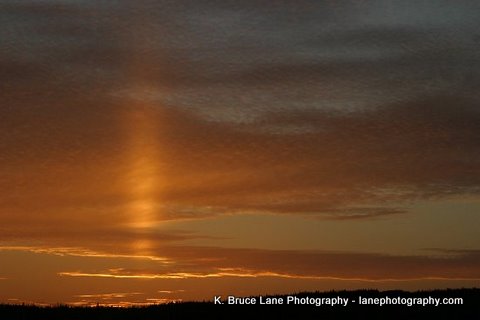
History - What Didn't Work for
Me
Before explaining what works,
I'd like to tell you what didn't work over the 43 years I have been
involved in photography. Like most people, when I started out I had no
system at all. As my slide collection grew, it became increasingly more
difficult to find specific slides. I needed a system and after reading an
article in a popular photography magazine in 1980, I decided on the
following system.
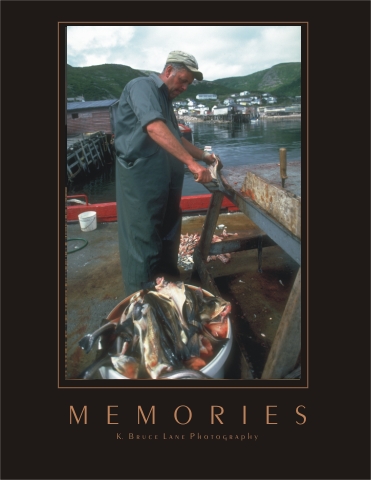
1.
Categories
Choose specific categories of photographs I was shooting. I chose to
sort my slides into the following categories:
·
Abstracts - houses,
sheds, barns, buildings, fishing stages, shapes, textures, colours,
stained glass, in-camera photo art, etc.
·
Flora - flowers, trees,
house plants, vegetables
·
Outports - towns,
communities, cities
·
People - people
·
Scenics - sunrises,
sunsets, landscapes, seascapes, icebergs, clouds
·
Wildlife - animals
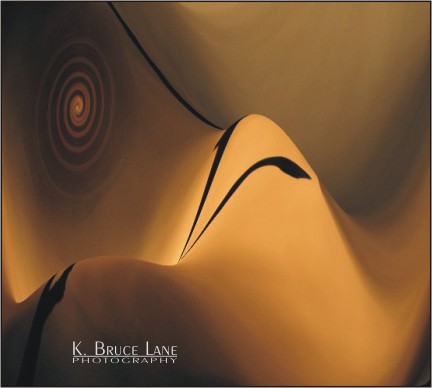
2.
Labelling
These categories fit the types of photos I was taking at the time. The
next thing was to choose a code for writing on my slides. I chose a
format that identified each slide by category, year and the
chronological number in sequence.
·
Example 1 - a
photo of a house taken in 1980 could be labelled A-80-120 where A is
Abstracts, 80 is the year, and 120 would be the 120th
Abstract slide for that year
·
Example 2 - a
photo of a moose taken in 1985 could be labelled as W-85-201 where
Wildlife is the category, 85 the year and 201 would be the
201st Wildlife slide for that
year.

3.
Storage
Finally, I chose to file my slides in slide pages that hold 20 slides
each and put them in 3-ring binders. Depending on the number of slides
for each category in a single year, a binder would hold slides from more
than one category. I then labelled the spine of the binder with the
letters of the categories and the year. For example, a binder may be
labelled A O W 86, which means it has all the Abstracts, Outports and
Wildlife photos for 1986.

4.
Data Base Software
This was a fantastic system for 10 years or so, however, as the number
of albums grew, it became more and more cumbersome. For example,
if I were looking for caribou photos, I had to go through all the albums
with a W (Wildlife) because I photographed caribou quite a few times.
For specific communities I had to go through them all unless I could
remember in which year they were photographed. I obviously needed a
data base that could be searched quite easily. I purchased one for my
first computer (which had no hard drive) and was working with 5 1/2
floppy disks, which weren't all that reliable. It was new technology in
those days but it just didn't work out for me. In early 2000, I
purchased a photography data base program which worked great until it
crashed and I lost everything. I tried to rebuild the data base, but it
didn't work and I didn't want to spend all that time inputting the data
again just in case the same thing happened.
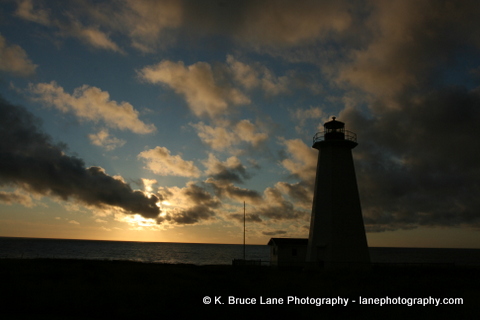
5.
Digital Photographs
When I got involved in digital photography, I attempted to make it
easier to find images by organizing photos into folders. This was
easier but still had some problems. First of all, when I downloaded
photos I had to go through each image and move it to a specific folder.
As you can imagine, after a while some folders had quite a few files in
them. This was similar to the system I used for slides except that in
each category I had several sub-folders which made it easier to find
specific subjects. For example in my Abstracts folder, I created
subfolders such as Art, Fences, Houses, Rocks, etc. - a different
folder for each photographic subject. This was good and worked fairly
well, but the number of folders kept growing and I had to file some
images in multiple folders. For example, if there was a boat and
fishing stage in one photo, I had to store one copy in Boats and another
in Fishing Stages. I didn't have to worry about the year because that
information is stored in the image data.
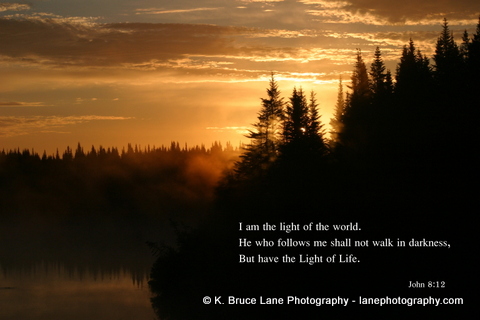
6.
Picasa
A friend
recommended a free program released by Google called Picasa. He said it
could handle the large number of images I have in my system and they
could be organized by keyword (albums). I started going through all my
slides and putting them in Albums, which are essentially keywords, that
could be searched easily. I spent quite a lot of time at it and was
more than disappointed when, after changing computers because of a
defective hard drive, I lost all the Albums I had created. Again, not
wanting to go through all that work with the possibility of losing it
yet again, I sought for a different way to use Picasa.
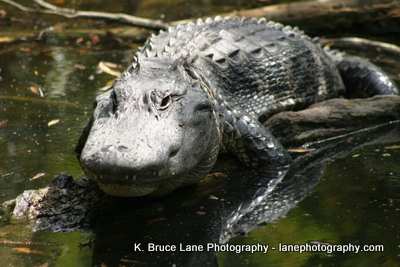
What is Working For Me
1.
Picasa
Not wanting to go through the Album route in Picasa again, I decided to
go back through all the folders on my hard drive and rename them. Since
2003, my photos have been stored in folders by the date they were taken.
For example: the folder 2004-06-12 would contain all photos taken on
that day. Now, I just rename the folder to include the photographic
subjects in it. I leave the date because it is helpful to have photos
stored in the order they were taken. For example, I have a folder
2004-07-24 L'Anse aux Meadows and Picasa tells me that there are 634
photos in the folder. I know that most of the images were taken in the
replica of the Viking Village and others were taken in the area. So, if
I am looking for photos from that area I search for L'Anse aux Meadows
and all the images in that folder are displayed.
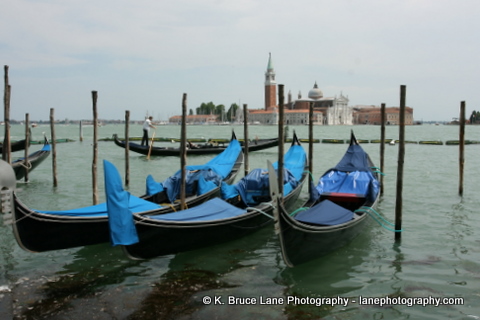
2.
Renaming Folders
If there are more than one subject in a folder, I just add more labels
to the new name. Another example on my system is: 2004-09-02
Caribou Yard Art Car. If I search for either word in the renamed
folder, Picasa will display the 35 images in that folder along with the
images in any other folders with either of those words in its name. It
took me a long time to rename all the folders in my system, but once it
was done, all I have to do is rename each folder as photos are
downloaded from my camera. The advantage with this is that Picasa
actually renames the original folders on the computer which won't be
lost by a crash of the program or switching hard drives. As long as
everything is backed up, it will all work afterwards.
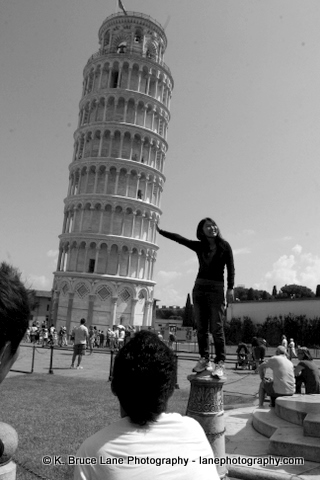
3.
Backups
Everyone should be backing up their photos and data! If you don't, you
are in danger of losing all your photos and other information. I tried
several back-up programs including one that I purchased, but neither of
them worked to my satisfaction. A person on my Photo of the Day list
recommended a free program called EZBack-It-Up which I have been using
for over a year. I have it programmed to do a daily backup of my entire
hard drive (1 TB) and an external drive (1.5 TB). Once the drives have
been backed up in the beginning, it only has to back up anything that
has been added or changed each day. I have had to restore a few files
on a couple of occasions and it worked without problems.
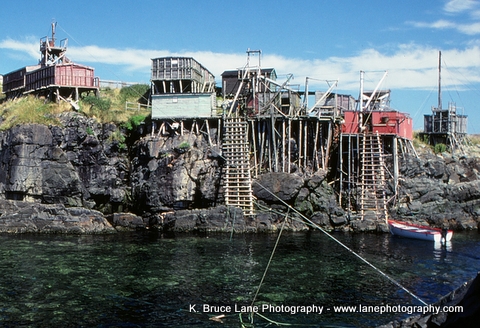
4.
Scanned Images
I have been scanning some of my old slides and am using Picasa to find
those images as well. However, once again, renaming the file once the
scan is complete is essential. As described above, each of my slides
has a label. If I scan the caribou slide referred to in section 3 -
Example 2 above, I immediately name the file
W86201 caribou and move it to the Caribou folder, which has all
images of caribou taken before 2003. Because it has the word Caribou in
the name, it will show up in Picasa whenever I search for caribou.
Of course, because I also renamed the scanned image to include the
original label on the slide, I can go back to my slide files and easily
find the original slide, if I ever needed it. I have not started to
scan negatives, but the same naming system will work with those as well.
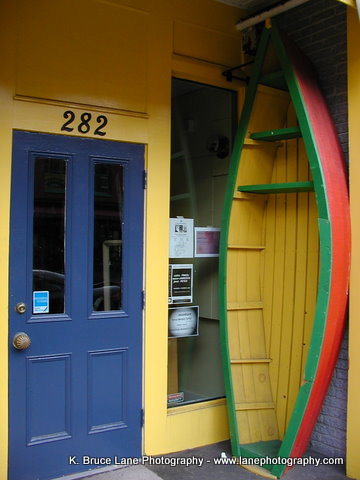
5.
Conclusion
After all the trial and errors and TIME , I finally have a system in
which I can find images fairly easily. Occasionally, I remember a
specific image and can't find it because I put it in the wrong folder or
didn't use enough keywords when renaming folders. When this happens I
search different keywords until I find it, then rename the location or
image to make sure it will be easy to find if I need it again.
Fortunately, the software I use is free and with a little time, effort
and thought you should also be able to use the information above to set
up your own system. If you have questions or suggestions feel free
to contact me at:
blane@lanephotography.com
K. Bruce Lane |



